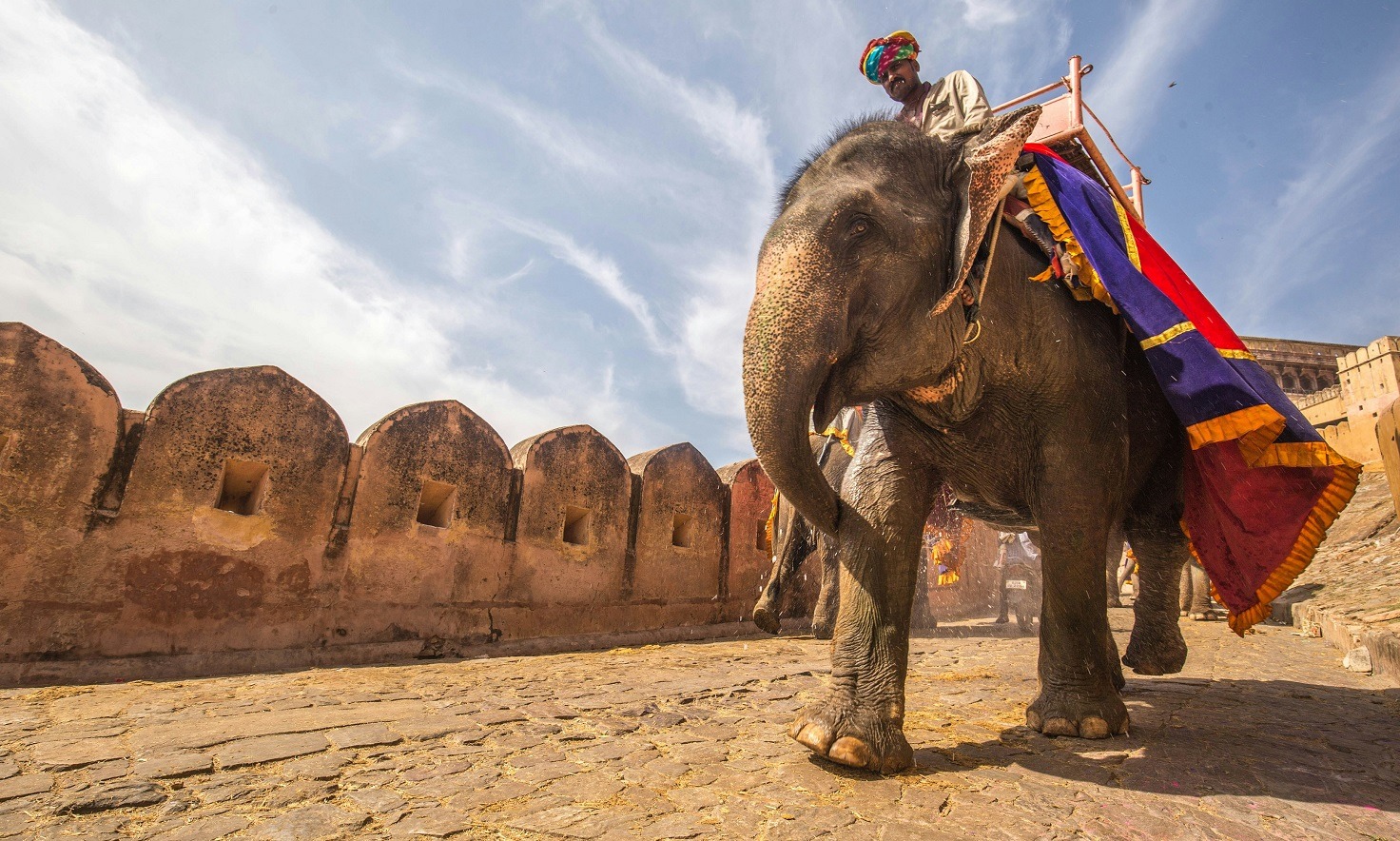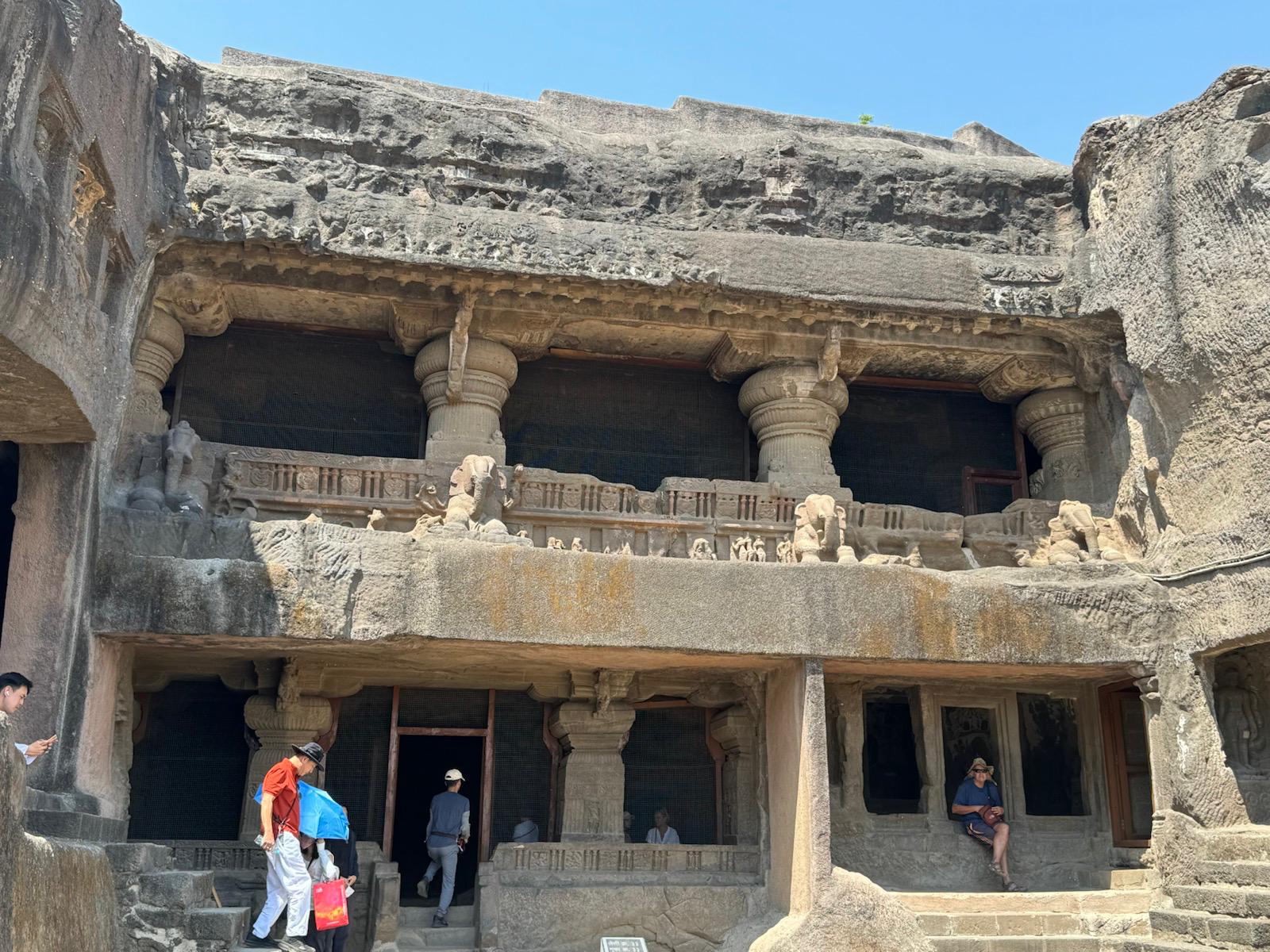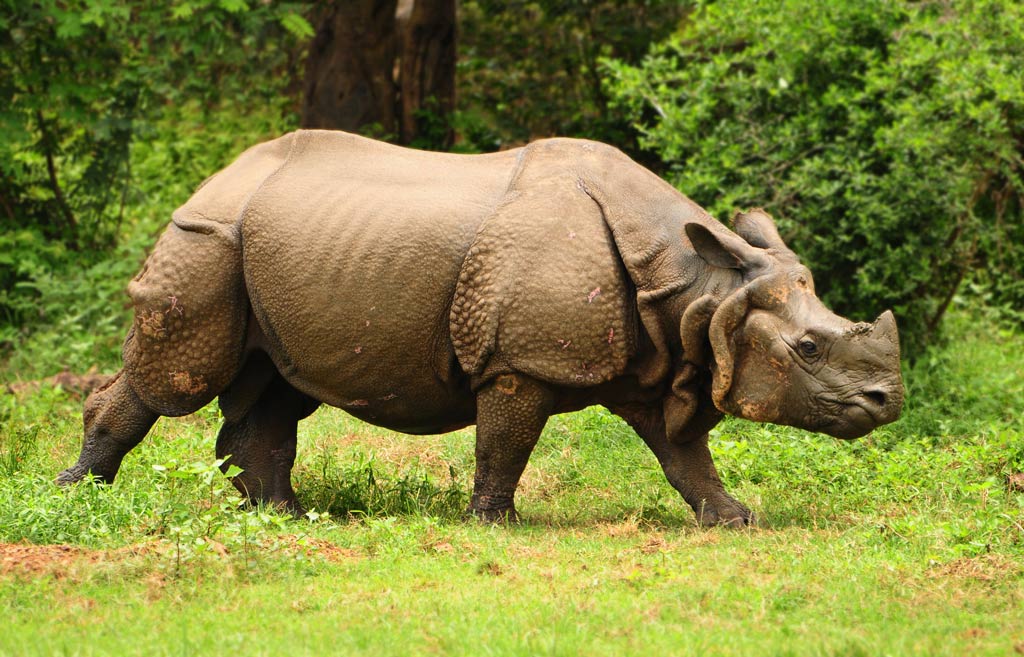
Elephants of India: History, culture and conservation
Elephants occupy a special place in the soul and history of India. Majestic and intelligent, they are much more than a symbol of power and majesty; they are figures deeply rooted in Indian culture, religion and tradition. From their sacred roles in temples to their struggles to survive in a changing world, India’s elephants are facing a period of crucial conservation challenges.
In this article, we’ll explore the history of elephants in India, their role in Indian culture, the sanctuaries working to protect them, and the contemporary challenges they face to ensure their survival.
1. Elephants in Indian culture and history
Elephants occupy an important place in Indian mythology and history. Their association with gods and legends dates back thousands of years. One of the most revered gods, Ganesh, is depicted with an elephant’s head, symbolizing wisdom, prosperity and good fortune. Elephants also feature in many ancient epics such as the Mahabharata and the Ramayana, where they are often described as noble and courageous creatures.
In ancient India, elephants were also used as war animals. Their imposing size and strength made them formidable weapons on the battlefield, capable of spreading panic among opposing troops. Kings and emperors used them not only for war, but also to show off their power and status.
Beyond their role in historical and religious narratives, elephants are living symbols of nature and the harmony between people and their environment. In many regions, they are integrated into religious ceremonies and festivals. In Kerala, for example, the Thrissur Pooram festival is famous for its richly decorated elephants bearing deities, paying homage to the richness of Indian culture.
2. Sanctuaries and reserves: havens for elephants
India is home to around 60% of the world’s Asian elephant population, with some 27,000 individuals recorded. To protect these majestic creatures, several sanctuaries and reserves have been established across the country. These areas are not only refuges against the threats of modern life, but also places where elephants can live in peace and reproduce.
Periyar Sanctuary – Kerala: Located in the Western Ghats, the Periyar Sanctuary is one of the most famous elephant-watching sanctuaries in India. It offers a lush natural habitat with tropical forests and rivers, allowing elephants to live freely. Visitors can observe these peaceful giants up close on boat safaris on Lake Periyar.
Jim Corbett National Park – Uttarakhand: This park is not only famous for its tigers, but also for its significant elephant population. The vast grasslands and deciduous forests provide an ideal habitat for herds of elephants. Jeep safaris offer a unique opportunity to observe elephants in their natural environment.
Bandipur National Park – Karnataka: Located in the Western Ghats, Bandipur is one of India’s most important reserves for elephant conservation. The park is part of the larger Nilgiri Biosphere Reserve, which spans three states. Conservation efforts here focus on protecting elephant migration corridors and reducing human-wildlife conflicts.
3. Challenges of elephant conservation in India
Despite their iconic status, elephants in India face many challenges that threaten their survival. Habitat loss, human-elephant conflict, poaching for ivory and exploitation in the tourism industry are among the main threats to these giants.
Habitat loss and fragmentation: Rapid urbanization, agricultural expansion and infrastructure development have led to a drastic reduction in elephants’ natural habitats. Migration corridors, essential for their movement between different forest areas, are often interrupted by roads, railroads and human settlements. This fragmentation forces elephants into conflict with humans as they search for food in cultivated fields, sometimes leading to fatal confrontations.
Human-elephant conflict: Every year, hundreds of people and elephants die as a result of conflict. In their search for food, elephants can devastate crops and damage homes, causing major economic losses for local communities. In retaliation, elephants are sometimes hunted, wounded or killed.
Poaching and exploitation: Although the ivory trade is banned in India, poaching remains a threat to elephants. In addition, many elephants are still captured and exploited in the tourism industry, where they are often subjected to deplorable living conditions. Elephants are used for tourist walks, temple ceremonies and parades, often to the detriment of their welfare.
4. Conservation initiatives and efforts to protect elephants
To combat these challenges, India has set up several conservation initiatives to protect elephants and their habitat.
Project Elephant: Launched in 1992 by the Indian government, Project Elephant aims to protect wild elephants, their habitats and migration corridors. The project also aims to reduce human-elephant conflict by promoting sustainable forest management practices and raising awareness among local communities about peaceful cohabitation with elephants.
Elephant corridors: One of the key initiatives for elephant conservation is the creation of ecological corridors. These corridors are natural passageways that link fragmented habitats, enabling elephants to migrate safely. The Wildlife Trust of India (WTI) is actively working to identify, protect and restore these corridors to ensure the free movement of elephants.
Rehabilitation centers: Centers such as the Elephant Rehabilitation Center in Mathura and the Wildlife SOS Elephant Conservation and Care Centre provide a safe haven for elephants rescued from mistreatment, abuse and exploitation. These centers offer medical care, rehabilitation and a safe space for elephants to live in peace.
Technology and research: The use of modern technology, such as GPS collars and drone surveillance, helps researchers track elephant movements and understand their habits. This data is essential for creating effective conservation strategies and preventing conflict with humans.
Conclusion
India’s elephants are more than majestic animals; they are living symbols of the country’s rich culture and natural heritage. However, their survival depends on how we manage the challenges they face today. Elephant conservation is not just about protecting individuals, but also about preserving their habitats, promoting harmonious cohabitation with human communities, and combating threats such as poaching and exploitation.
By supporting conservation initiatives, respecting elephants in their natural environment and raising awareness of their cause, we can all help to ensure a safe and prosperous future for these majestic giants. Elephants, with their wisdom and grace, remind us of the importance of living in harmony with nature and respecting all forms of life on this planet.





